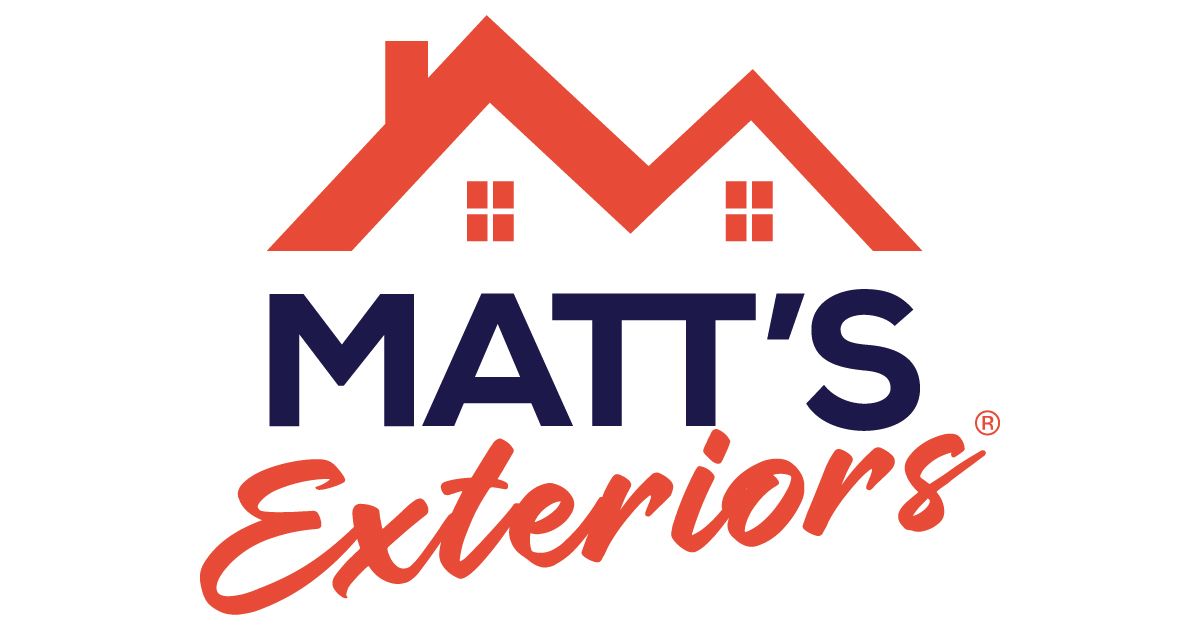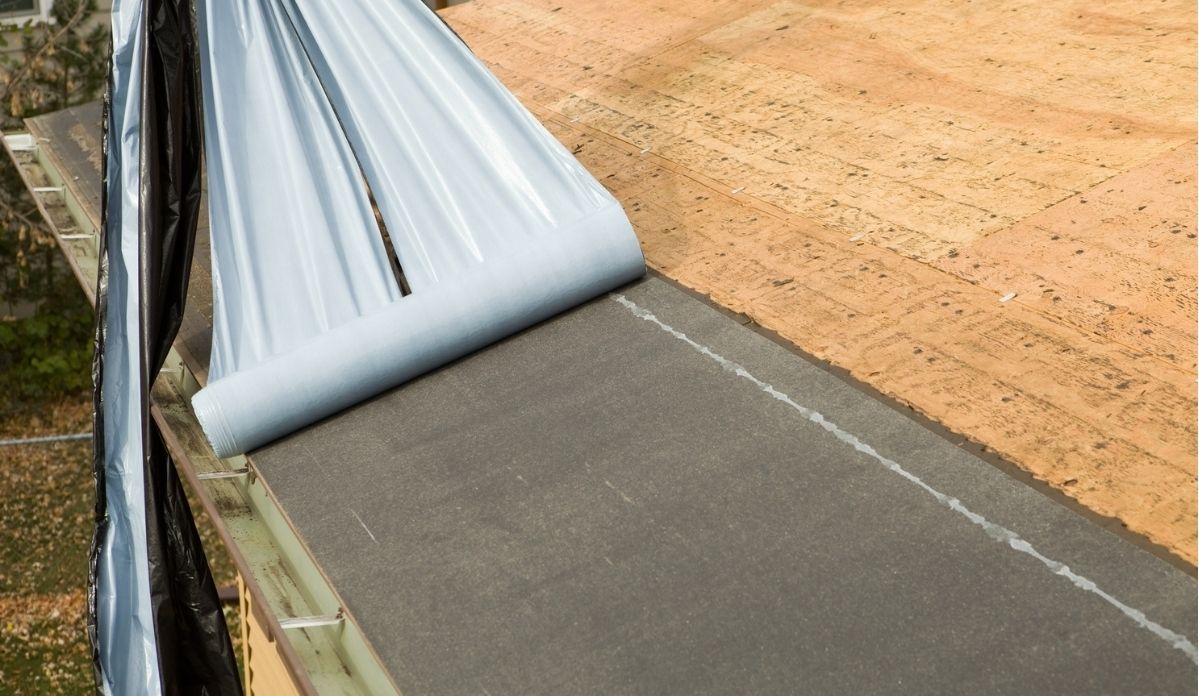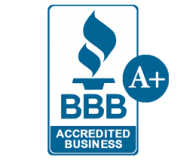How To Maintain Your New Roof
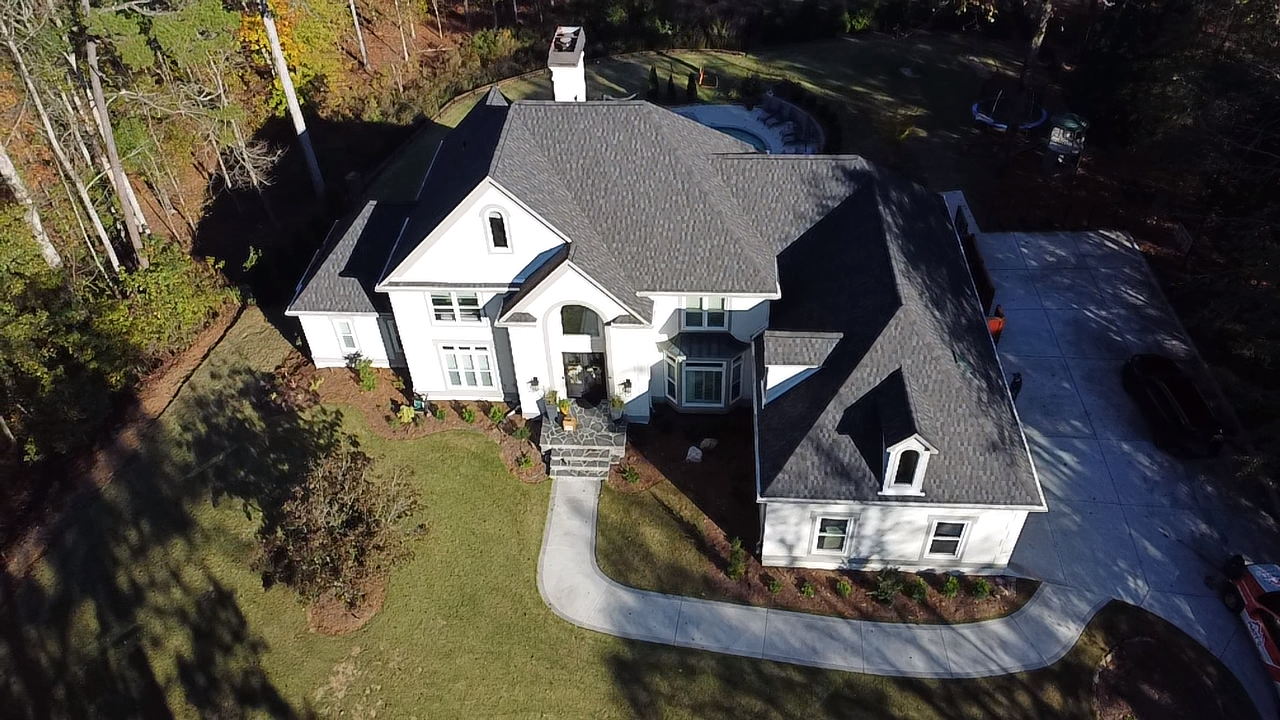
Schedule Regular Roof Inspections
Even a new roof needs periodic check-ups. We recommend having your roof inspected at least once a year, ideally in the spring or fall. A professional inspection can catch issues like loose shingles, minor leaks, or debris buildup before they turn into costly repairs.
Pro Tip: After extreme weather—especially heavy rain, hail, or windstorms—have a professional take a look just to be safe.
Keep Gutters and Downspouts Clean
Clogged gutters can lead to water backing up under shingles and damaging your new roof’s structure. Make it a habit to clear out leaves, twigs, and other debris from your gutters at least twice a year.
Don’t forget: Ensure that downspouts direct water away from your home’s foundation to prevent erosion and moisture problems.
Keep Roof Surface Clean
Even on a newly installed roof, debris like leaves, branches, pine needles, and dirt can quickly accumulate—especially if you have nearby trees. Over time, this buildup can trap moisture, promote mold or algae growth, and accelerate the wear on roofing materials.
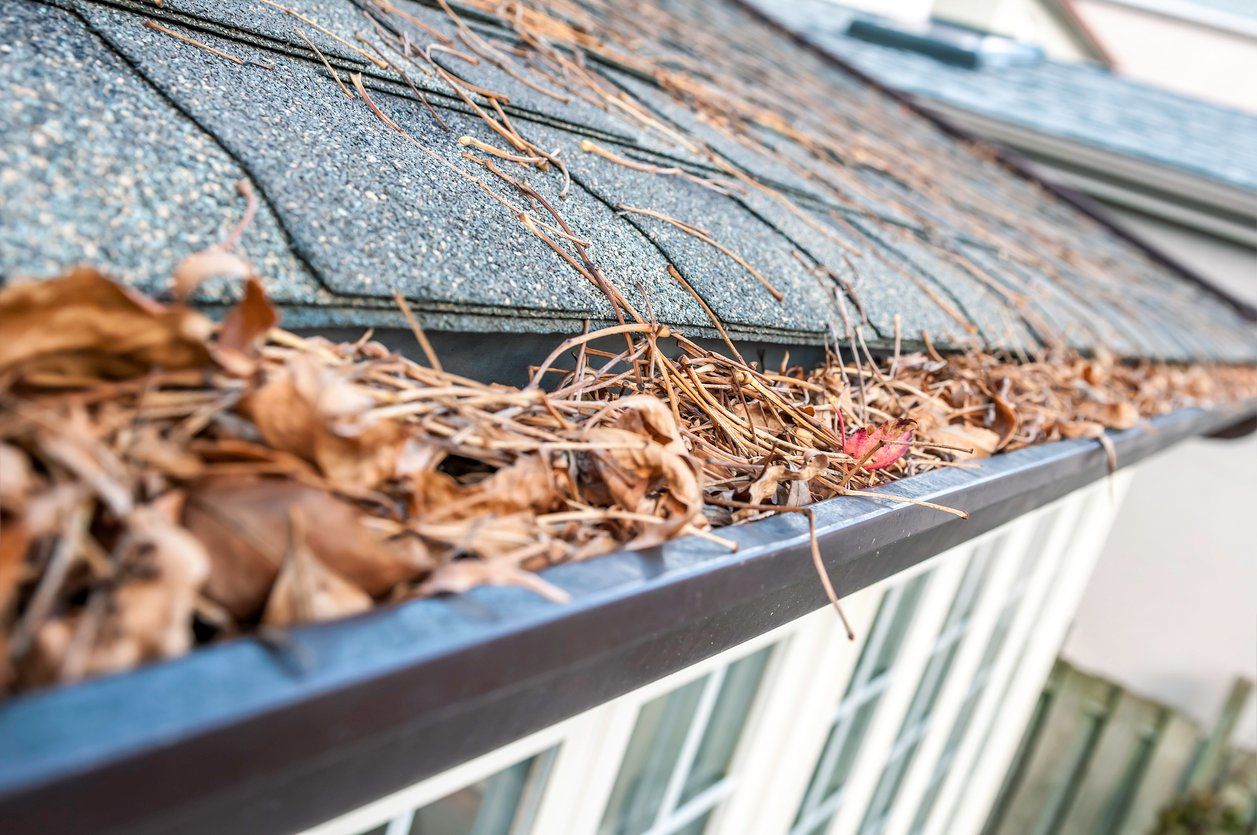
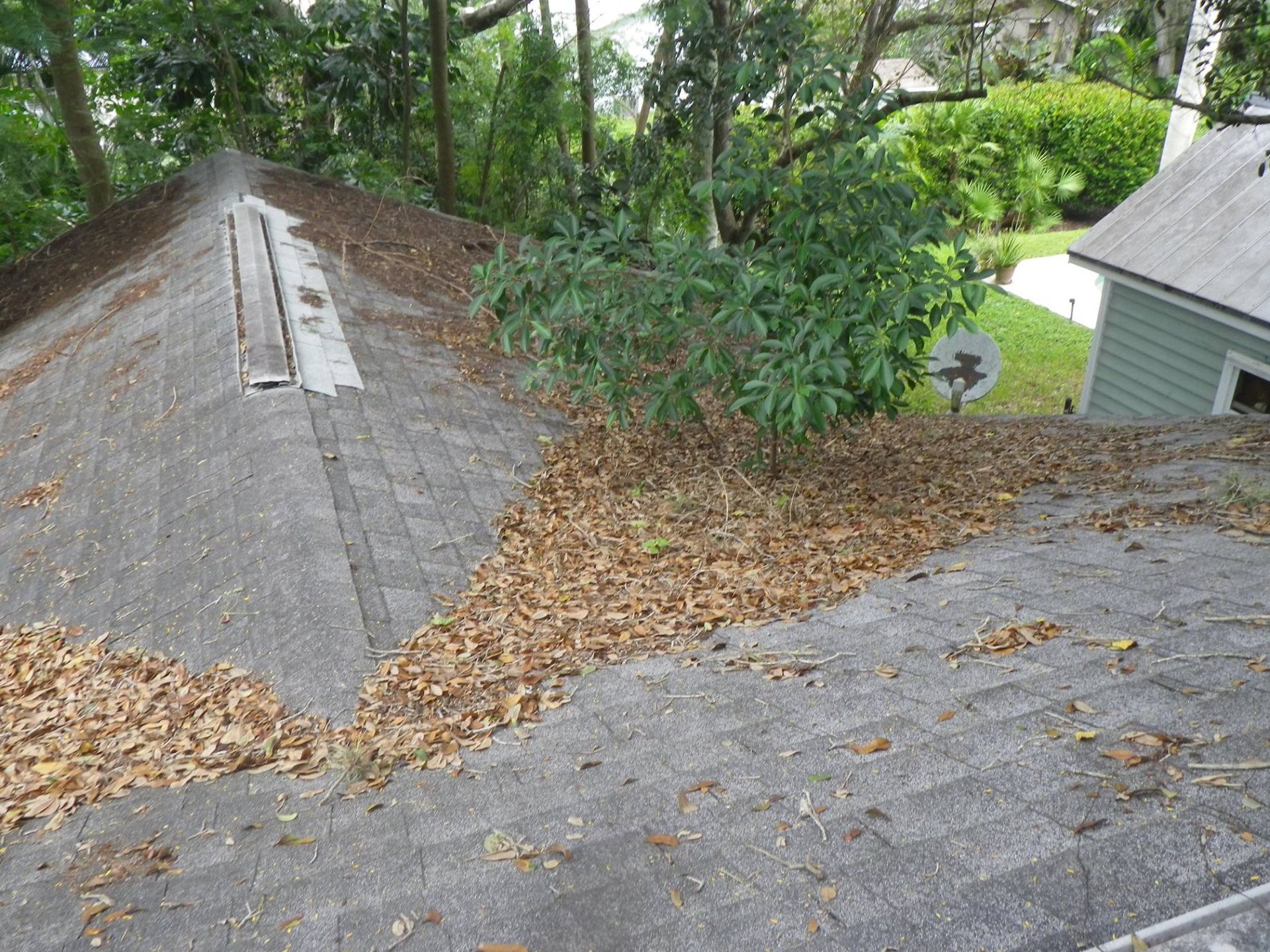
Inspect After the First Storm
The first big weather event is a great time to check how your new roof performs. After a heavy rain or windstorm:
- Walk your property to spot lifted shingles, debris, or clogged gutters
- Look for granules in gutters or downspouts (some are normal at first, but excessive granule loss may be a red flag)
If something looks off, call your contractor to review the installation.
Check Your Attic Periodically
Proper ventilation in your attic is key to extending the life of your roof. Without it, heat and moisture can build up and cause your shingles to age prematurely.
Quick tip: Check that your attic vents/fans are unblocked and functioning well, and make sure insulation is in good condition and evenly distributed.
Conclusion
Maintaining your roof doesn’t have to be complicated—it just requires a little diligence and timely action. At Matt’s Exteriors, we believe that caring for your investment is just as important as the installation itself. Our team is always here to help with seasonal inspections, minor repairs, or expert advice.
FAQ
Q1: My roof is brand new—why does it need inspection & maintenance already?
Even the best roofing systems need upkeep to perform long-term. Think of your new roof like a brand-new car—it runs great now, but it still needs routine care to stay that way. Regular maintenance:
- Extends the life of your roof
- Keeps your warranty valid
- Prevents small issues from becoming costly repairs
Q2: When should I schedule the first inspection after replacement?
We recommend your first post-installation inspection within 6–12 months—especially after the first full season of weather. This helps identify settling issues, early wear, or minor damage that may not be obvious.
Q3: What should I do if I see granules in my gutters?
A small amount of granule loss is normal with a new roof. However, if you're seeing heavy deposits, especially after a storm, contact your roofer. Excessive granule loss can reduce shingle performance and indicate early material failure.
Q4: How often should I clean my roof?
For houses with surrounding trees, twice a year—in the spring and fall. Keep your roof surface free of:
- Leaves and branches
- Moss or algae
- Animal nests or droppings
Use a soft broom or leaf blower (never a pressure washer), or hire a professional roof cleaning service.

